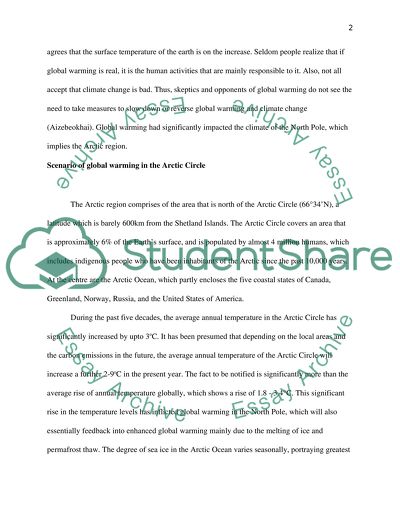Cite this document
(“The Effects of Global Warming on the Animals in the North Pole Essay”, n.d.)
Retrieved from https://studentshare.org/environmental-studies/1448663-the-effects-of-global-warming-on-the-animals-in
Retrieved from https://studentshare.org/environmental-studies/1448663-the-effects-of-global-warming-on-the-animals-in
(The Effects of Global Warming on the Animals in the North Pole Essay)
https://studentshare.org/environmental-studies/1448663-the-effects-of-global-warming-on-the-animals-in.
https://studentshare.org/environmental-studies/1448663-the-effects-of-global-warming-on-the-animals-in.
“The Effects of Global Warming on the Animals in the North Pole Essay”, n.d. https://studentshare.org/environmental-studies/1448663-the-effects-of-global-warming-on-the-animals-in.


